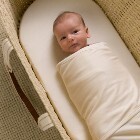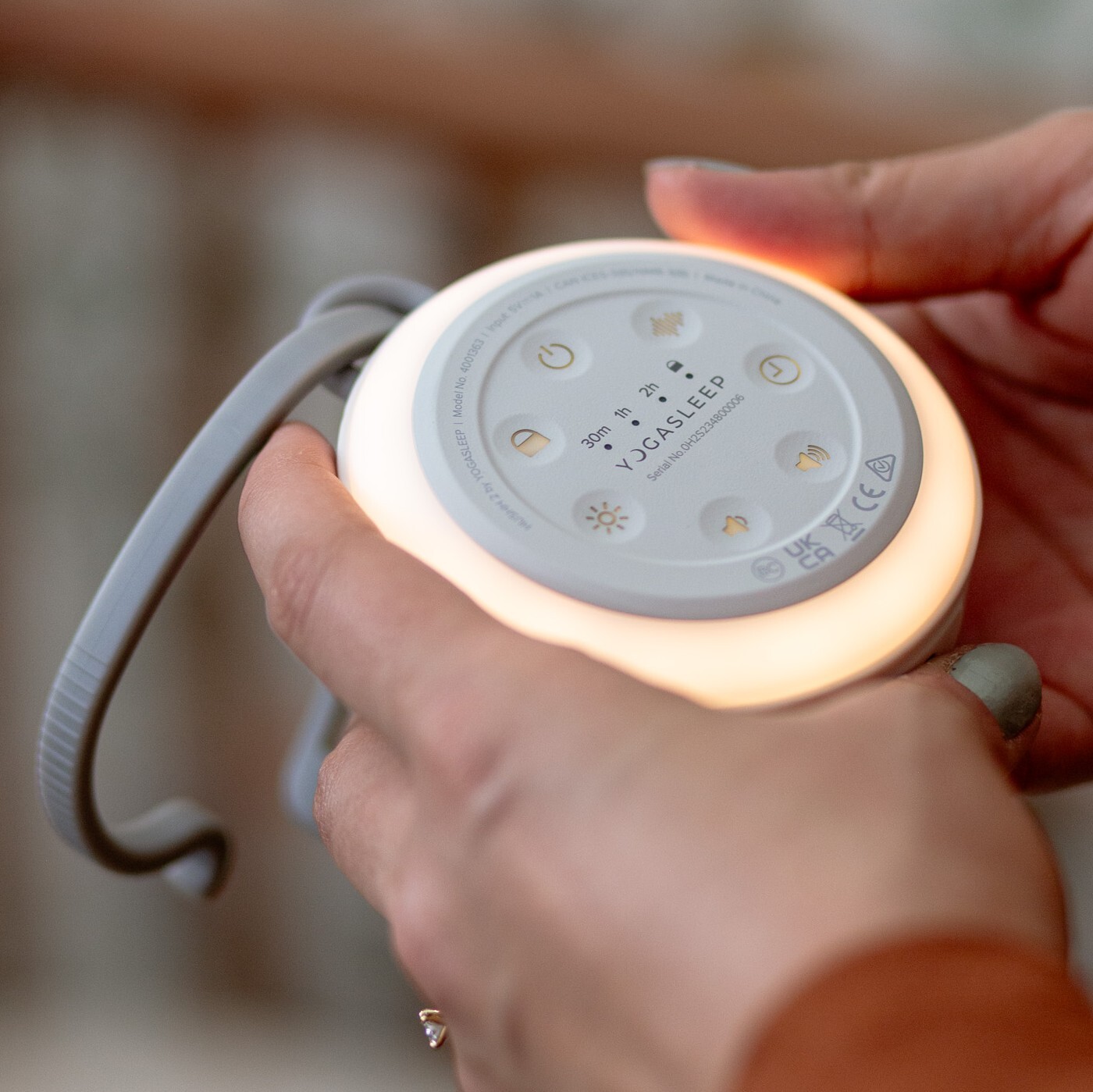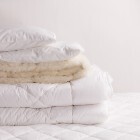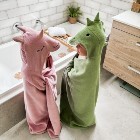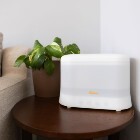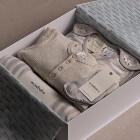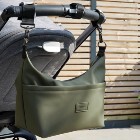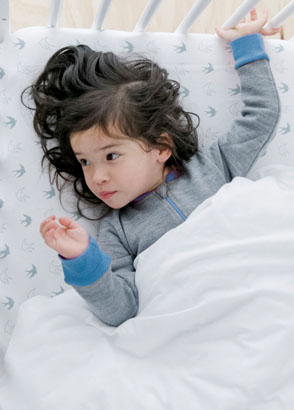Our recommended toddler sleep solution
Thanks for all the extra information about your toddler’s sleep.
Before making any suggestions, one thing to consider is if your toddler really has a sleep problem. If he is happy lying in his cot but takes a while to go to sleep, this in itself is not really a problem. However if he is grumpy from not enough sleep, or is crying/grizzling about going to sleep, then certainly I would recommend you take action to get him to go to sleep quicker.
It sounds like you have your toddler in a very good routine, which is a great start. Then I think there are a couple of key things that should make a difference for you:
-
Positive sleep associations
-
Comfortable sleeping environment
-
Settling technique
-
Dummy use
Positive sleep associations
Sleep associations really help a toddler fall asleep and also resettle during the night. These are the things which tell him it’s sleep time, and help him fall asleep without needing you there. It’s essential that anything you use for a sleep association will be there if he wakes in the night, which is the key difference from a sleep association with you or his dummy.
Sleep music/White Noise
rather than using his light-show which plays for 10 minutes, I recommend leaving a baby sleep CD on repeat quietly right through the night. This will mean he has the music for as long as it takes him to fall asleep, and he should be contented lying listening to it. It will also be a familiar and soothing sound to help him resettle if he wakes in the night. White Noise is also useful as it can block out background noise. White Noise machines can play continuously throughout the night.
Comfort blankie
At 19 months, you can introduce a little blankie or special toy, which is a great association with sleeping and is also beneficial because you can take it anywhere you need him to sleep. He can use it to snuggle up to and rub on his face etc. You can get him attached to one by getting it to smell like you (put it up your top for a few hours/overnight) and I recommend only letting a toddler have it at sleep times ( not something to cart round and give him whenever he is upset). I have a good range of suitable blankies, and Cuski is my favourite.
Sleeping bag
the process of getting zipped into a sleeping bag every time you sleep quickly forms a clear message to babies it’s time to sleep, and also fixes the problem of waking from cold. Make sure you use your sleeping bag for all sleeps. (I always take mine when I am out, so Tom has sleeps in the pushchair etc in his sleeping bag).
Comfortable sleep environment
It sounds like your toddler is certainly taking his time to adjust to being out of the safety sleep. I am assuming that at bedtime he is moving around and standing up, and this is one of the key reasons it’s taking so long to go to sleep.
Given his movement, he is also likely to be waking up cold and standing up when he wakes. These issues can make resettling more difficult, as a child will be fully awake. I recommend you use a toddler sleeping bag or a toddler sleeping suit.d This would mean you don’t need any blankets and he will stay warm all night, no matter where in his cot he ends up. Sleeping bags & suits are also are a great sleep association as I mentioned above – you put him in, and he knows it’s sleep time.
At his age I would go for the toddler Woobabe Sleeping Bag – this will last until he is 4 and you can use it year round. Woolbabe also offers Sleeping Suits, which are like sleeping bags with legs, however, this may keep him mobile around the cot. Woolbabe is made from a 100% natural merino & cotton fibre and are just fabulous for helping children sleep better.
Dummy use
From your information, it does sound like your toddler has a strong sleep with his dummy, meaning he thinks he needs his dummy to fall asleep. So when he wakes in the night, he is looking for his dummy to help him fall back to sleep.
Now’s a good time to decide if you want him to keep having a dummy to fall asleep. You have a couple of options:
-
Use a night light and put several dummies in his cot. Show him how to find one and resettle himself. Explain that you are not coming in to do it for him, and don’t!
-
Teach him to fall asleep without the dummy (see self settling below).
Self settling / sleep books
If you want your toddler to fall asleep without leaving him to cry, I recommend the information in the fabulous book ‘The No Cry Sleep Solution for Toddlers & Preschoolers’ – this covers weaning off dummies, needing parent with you to fall asleep etc. I’ve used it with my toddler, and the techniques are very simple and effective.



